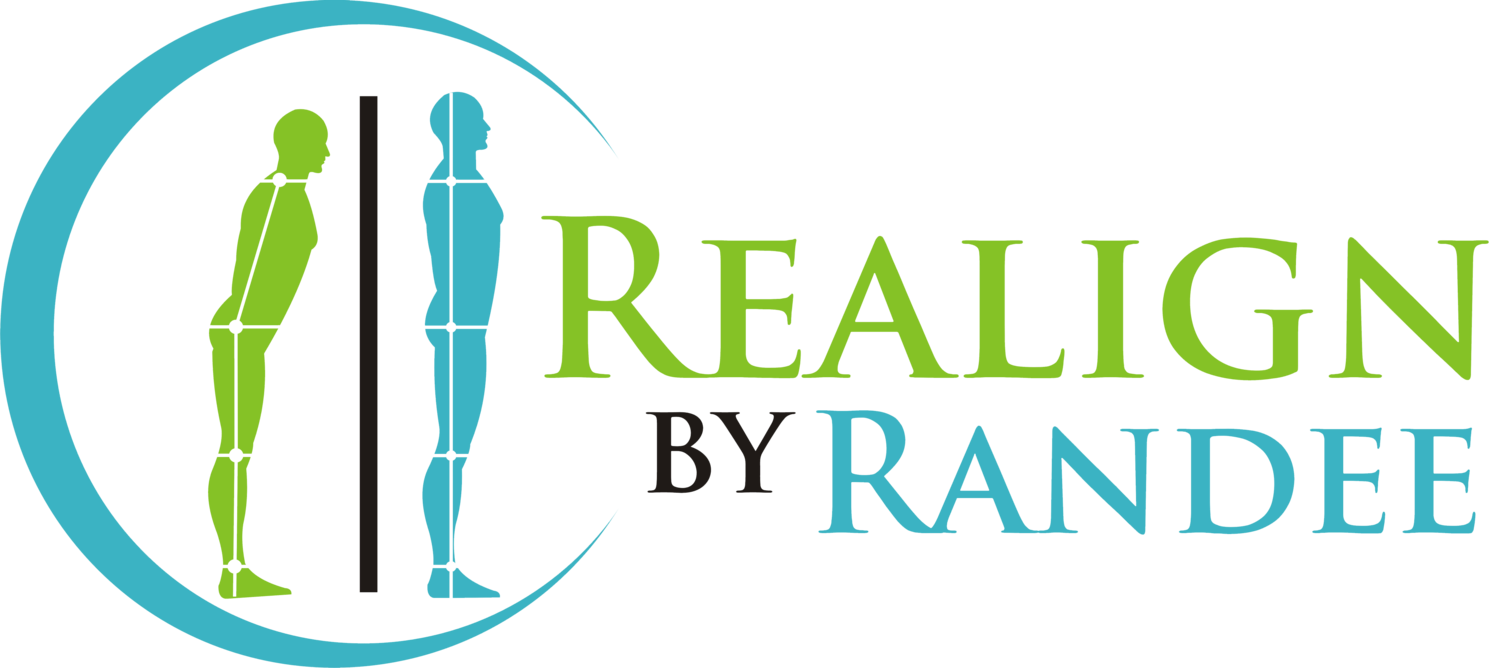The 3 types of posture correctors, their advantages, disadvantages, and effectiveness on posture
In today's digital and technological world, people often find themselves slouching or in an unnatural position, which may cause neck or back pain. For instance, people may have poor sitting habits, always leaning to one side or hanging their head down, staying seated for many hours. Ergonomic desks, chairs, and supportive equipment can help decrease symptoms or the risk of having pain. Posture correctors are supportive devices. They come in the form of a brace, an app, or electrical device that provides feedback, and many people often ask if they are beneficial. I will share the pros and cons of using one.
Benefits of focusing on your posture and improving it include: increased energy and improved concentration from the ease of oxygen flow to the brain, relief from chronic pain, improved appearance, more youthful presence, and elevated self-confidence.
Type of Posture Braces:
Cross back brace: This type of brace is most commonly elastic directly affects the shoulders, chest, and upper back. They are generally low in cost. There are variations in support in the middle of shoulder blades on the back sometimes a flat bar is added.
Long line back brace: This brace has the upper back portion and the support pulling the shoulders back but, is a fuller brace adding in a lower portion that supports around the lower back and abdomen. Commonly has metal supports in the back vertically to help cue upright posture.
Posture support clothing: Instead of a brace that is worn over or beneath the clothing, A few options are on the market that the support is built into a tight fitting shirt. Price varies significantly and can be more costly.
Advantages of a Posture Brace:
Posture correctors or braces that are worn intermittently and for short periods of time, possibly 30 minutes - 1 hour, can create awareness, which might help to recognize how good or bad posture is on future occasions. Posture correctors can serve as a feedback system that allows you to know when your body is in an inadequate posture. This helps with creating awareness about how your posture is in the different environments or positions that might result in more slouching or leaning. There are many lower cost options which make it affordable to purchase and utilize in the process of improving posture.
Disadvantages of Posture Brace:
Posture correctors that are braces help you maintain your back straight or a more upright posture, but it is the brace and not your muscles working while using it. Therefore, if worn all day or for many hours, it decreases your muscle activity and results in weaker muscles. In most braces the correction only addresses the upper back and rounded shoulders. The fit can be difficult especially on a smaller frame. Comfort in the arm pits can be a problem if it does not fit well. It is not addressing the possible root of the problem which may be occurring in the hips and pelvis. Another disadvantage is having it visible over clothing or even still seen over clothing. This limits the desire to use it, especially in the teenage population presenting with a high probability of postural dysfunction
Feedback devices are another form of posture correctors. Upright and Go Posture trainer is another option. This device works with an app on the phone and uses adhesive tape that adheres a small device to the mid-back. It has different ways to monitor your posture or provide feedback. One use of it is to monitor your posture and read a report after wearing it to get feedback on your frequency of poor posture over a period of time. The other way is it provides live feedback with a vibration every time slouching occurs to allow you to correct it.
Advantages of Upright and Go device: The device can be hidden easily from view, being more aesthetically appealing. The information provided can be very eye-opening to see how much you are slouching, and it can be rewarding to see less variation from working on improving posture. The vibration cueing can help with the learning process through different types of feedback.
Disadvantages of Upright and Go device: The setup can be a bit complex. If you do not enter your starting position well, it does not give proper feedback on the forward head, rounding of the shoulders, and bending of the upper body. It can be distracting while trying to work to have an electrical vibration. The human body is not meant to slouch but, also not meant to be stiff and static all day.
Recommendations:
It is beneficial to use the posture corrector only to create body awareness and to start connecting with your habits of slouching and rounding the shoulders. Implementing exercises designed to influence your postural deviations is much more helpful, allowing your muscles to actively work and learn how to correct your posture, which can benefit you in the long term.
In Summary, addressing just the upper back aspect of posture leaves out an essential aspect of posture. It is important to remember that the body is connected from head to toe - what is happening at the hips/pelvis and down to the feet affects what is happening in the upper back and head. So, only using posture correctors to address your posture can result in something missing that plays a more significant factor at your hips or feet.
Posture Alignment Therapy focuses on gentle stretches and exercises to correct misalignments in the musculoskeletal system. It is working on the root cause of the problem for many frustrating symptoms, including back pain, neck pain, sciatica, headaches, shoulder or other joint pain, plantar fasciitis, and the list goes on. Posture Alignment Therapy can help you relieve your neck and back pain and help you improve your body's health, self-confidence, and quality of life.
